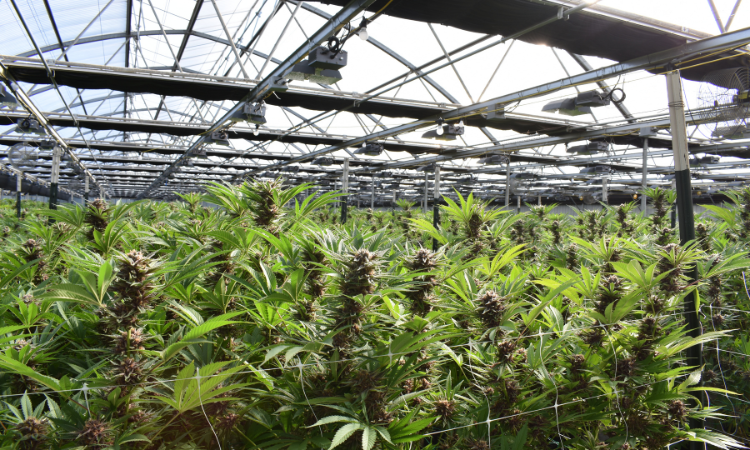As the cannabis industry continues to grow, many businesses are opting for larger cultivation facilities in an effort to increase production and profits. However, the reality is that bigger isn’t always better, and there are several factors to consider when designing a commercial cannabis cultivation operation.
Layout and Design
Many of the large Canadian cannabis companies like Canopy Growth and Aurora are facing financial difficulties due to the high capital expenditure required for their excessively large cultivation facilities. These companies aimed to monopolise the cannabis industry by purchasing all available licenses worldwide and constructing large cultivation facilities, expecting to produce top-quality buds at full capacity. However, this strategy failed to consider the dial-in period required for each new facility, which can vary depending on size and cultivation methodology.
To avoid these issues, it’s prudent to start with a manageable cultivation space and expand as profits increase. The processing facility should be built out from the beginning to allow for full production and avoid the need for costly GMP and GACP inspections and audits.
Operational Considerations
On a commercial scale, plants need to be easily accessible and manageable to ensure continuous operation and a high rate of turnover. The canopy height at inception and end of production must be plotted carefully to achieve the correct light intensity using supplemental lighting in a greenhouse.
When cultivating outdoors, the climate largely dictates the optimum plant size and planting density. In areas with high winds, smaller plants are ideal. Additionally, vegetation time is the primary factor that dictates yields, and experienced growers can produce high yields by extending the vegetation time.
Yields
The gram per watt metric used to measure yields is flawed, and only a seasoned master grower knows that vegetation time is the primary factor that determines yields. While it’s possible to produce large yields by extending the vegetation time, this may not always be desirable as it can lead to several production issues.
Consequences
Producing excessively large plants can lead to several production issues, including reduced airflow, increased humidity, increased pest pressure, and an increased risk of powdery mildew and botrytis due to microclimates and the sheer density and size of the buds. Spacing is also essential, as plants that grow too large can encroach on others and create microclimates, reducing airflow.
Keeping potted cannabis plants in extended vegetation also leads to higher pest pressures in the soil due to sustained growth, and root locking occurs as the roots colonise almost the entire substrate and cannot continue to grow.
In commercial cannabis cultivation, the number of cycles achieved in a calendar year is more important than the size of the plants. It’s crucial to consider all operational factors and design the cultivation facility to maximise profits and avoid unnecessary expenses.
Conclusion
In conclusion, commercial cannabis cultivation businesses must consider several factors when designing their operations. While larger facilities may seem attractive, it’s essential to consider the dial-in period required for each new facility, operational considerations, and the consequences of producing excessively large plants.



